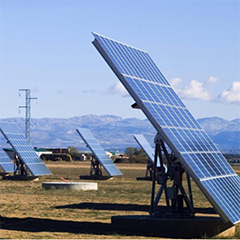This has been clearly demonstrated by the outbreak of COVID-19 with countries across the world needing to rapidly put in place the necessary infrastructure to combat the virus and subsequently dealing with the wider economic consequences of the health crisis. While some industries, such as aviation and retail, have limited operations to reduce the spread of COVID-19, other sectors have joined forces to support relief efforts. Temporary field hospitals and testing facilities are being built in a matter of days, manufacturers are changing production lines to increase the volume of respirators, antibacterial products and PPE available, while data centres are under strain to support the greater demand caused by at-home working. This results in drastically changed load profiles and a high demand of flexible power solutions.
Keeping decarbonisation on the agenda
For the time being, how power, particularly emergency power, is generated is less of a concern, with focus on just ensuring that there is reliable supply to keep people safe and the economy functioning. Decarbonisation is therefore in danger of falling down the priority list but, we must not allow the pandemic to stall the momentum we’ve seen in recent years. It is encouraging that COP26 plans to urge countries to put decarbonisation at the front of global economic recovery.
This is particularly pertinent given that, despite the drop in oil prices, lower-carbon energy solutions are often the most economic option. They also appeal to those seeking stronger local resilience and a higher degree of energy independence, especially in the face of less reliable global supply chains.



























